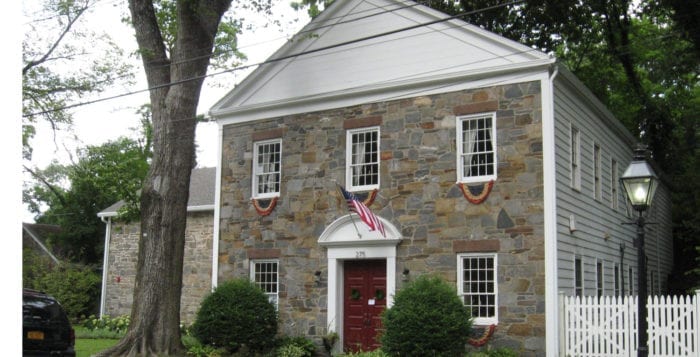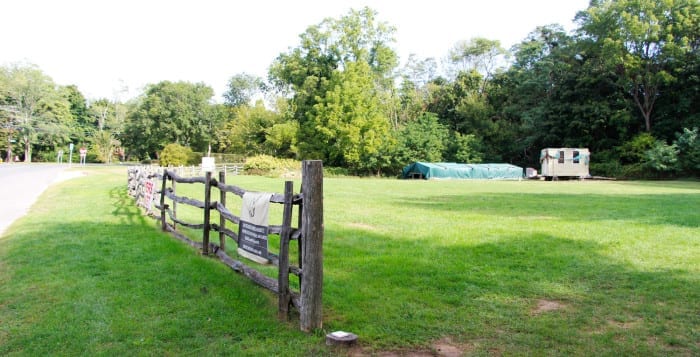The following is an edited Town of Brookhaven public comment presentation made Sept. 1.
Good evening, Mr. Supervisor and town board members.
My name is John Broven, author of three books on American music history. I am privileged to live in a historic district of East Setauket, part of the beautiful Three Village area. My late father-in-law, Clark Galehouse, founded Golden Crest Records out of Huntington Station in 1956 and released many jazz albums among others — I think you know where I’m coming from.
I fully endorse the recommendation of Town Historian Barbara Russell and the Historic District Advisory Committee to accord The Jazz Loft building at 275 Christian Ave., Stony Brook, landmark status. I would like to read my historical notes in support of my position.
The Jazz Loft building, in fact, consists of two historic structures: The Stone Jug and the 1921 firehouse. The building accommodated the first museum in Stony Brook, founded in 1935 by real estate broker and insurance agent O.C. (Cap) Lempfert, a keen hunter and taxidermist. At first, the museum was located in the home of Arthur Rayner where Saturday nature talks for children became a weekly event; naturalist Robert Cushman Murphy, of R.C. Murphy Jr. High School, led some of the nature walks.
Originally called the Suffolk County Museum of Natural History, it became known as the Little Museum in the Jug after it was moved to the Stone Jug storage building — a former tavern and social center of the village — with the backing of Mr. and Mrs. Ward Melville. The museum was formally incorporated as the Suffolk Museum in 1939.
You may be amused by a quote from a history of the Museums at Stony Brook, a later name before it became today’s prestigious The Long Island Museum: “The move was no small task since by that time the collection include a 400-pound loggerhead turtle, an eagle with a 6-foot wingspread, a trumpeter swan, and hundreds of small collection items.”
I am aware that Mr. Lempfert’s granddaughters, Mary and Jane L’Hommedieu, who both now live on the West Coast, are delighted at the town’s potential recognition of their grandfather’s museum building — and thus his pioneering work. Jane tells me he also made and exhibited duck decoys, collected Native American artifacts from his property for the museum and even constructed a wigwam. A major achievement of the museum to this day was to collect and show the fabulous paintings of William Sidney Mount.
It is wonderful that the building has come alive this year after careful restoration as The Jazz Loft incorporating a museum — how appropriate! — live jazz and education facilities. What Tom Manuel, a talented jazz musician, educator and historian, his board and The Ward Melville Heritage Organization have done to date is very impressive, not only for the Three Village area but also for Long Island tourism — and jazz itself. I know Supervisor Ed Romaine (R) and Councilwoman Valerie Cartright (D-Port Jefferson Station) attended the opening. By granting The Jazz Loft building landmark status, in effect the town will be protecting and preserving our past, present and future heritage. I trust the town board will support its Historic District Advisory Committee because I consider all the historical and cultural boxes have been ticked.
The result: A unanimous vote in favor.
John Broven is a member of the editorial staff of this newspaper. He gives thanks to Joshua Ruff, director of collections and interpretation of The Long Island Museum, for providing historical detail by way of “The Carriage Museum” (1987) publication.






